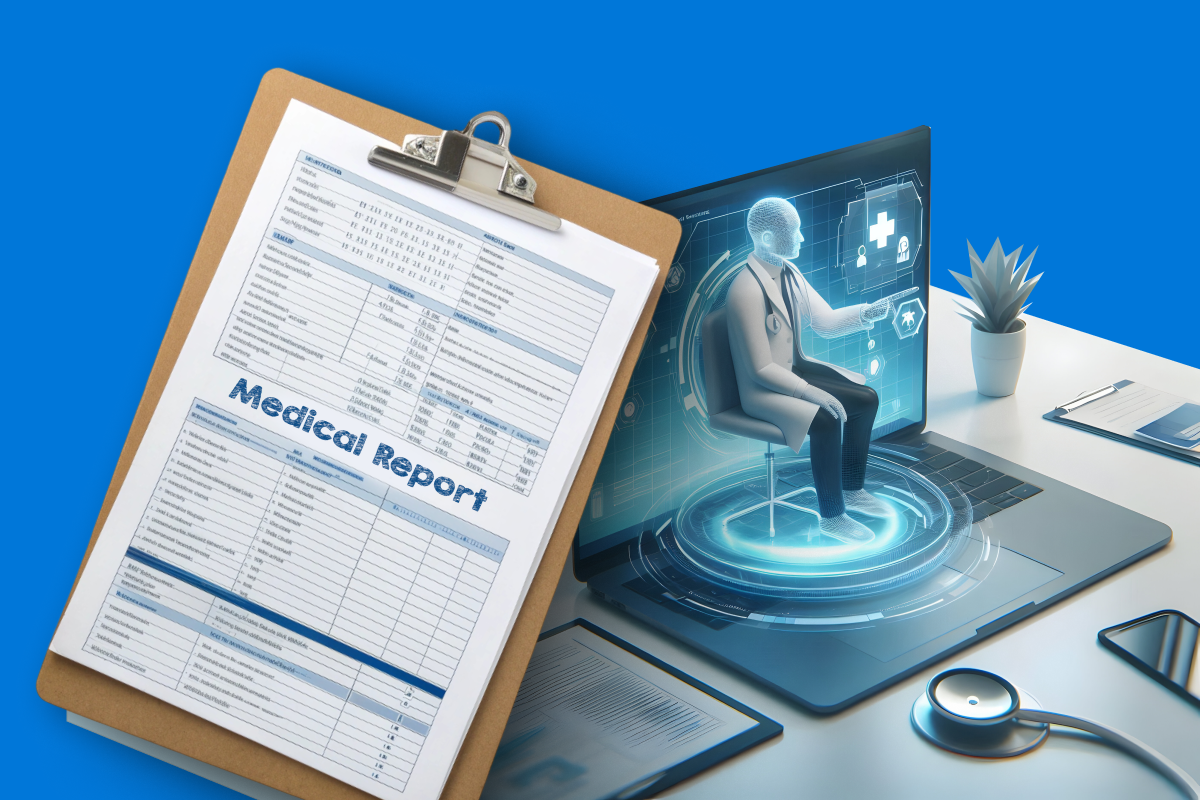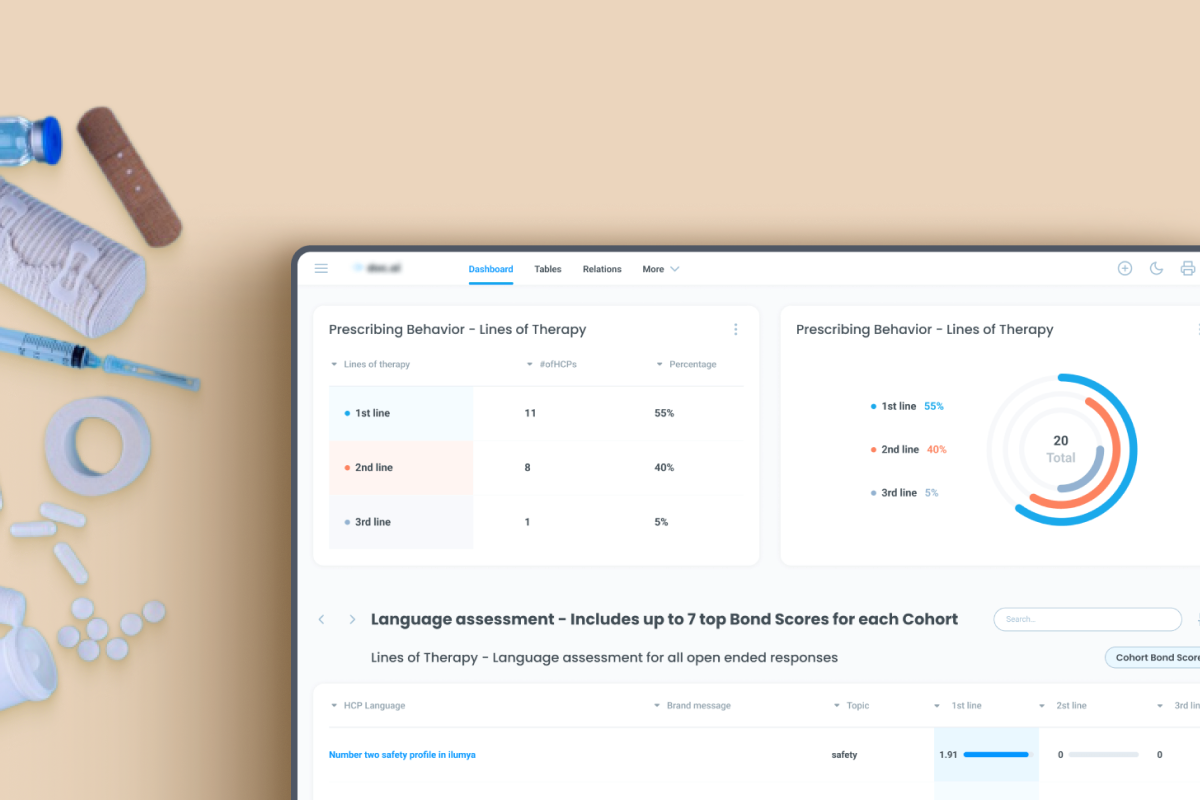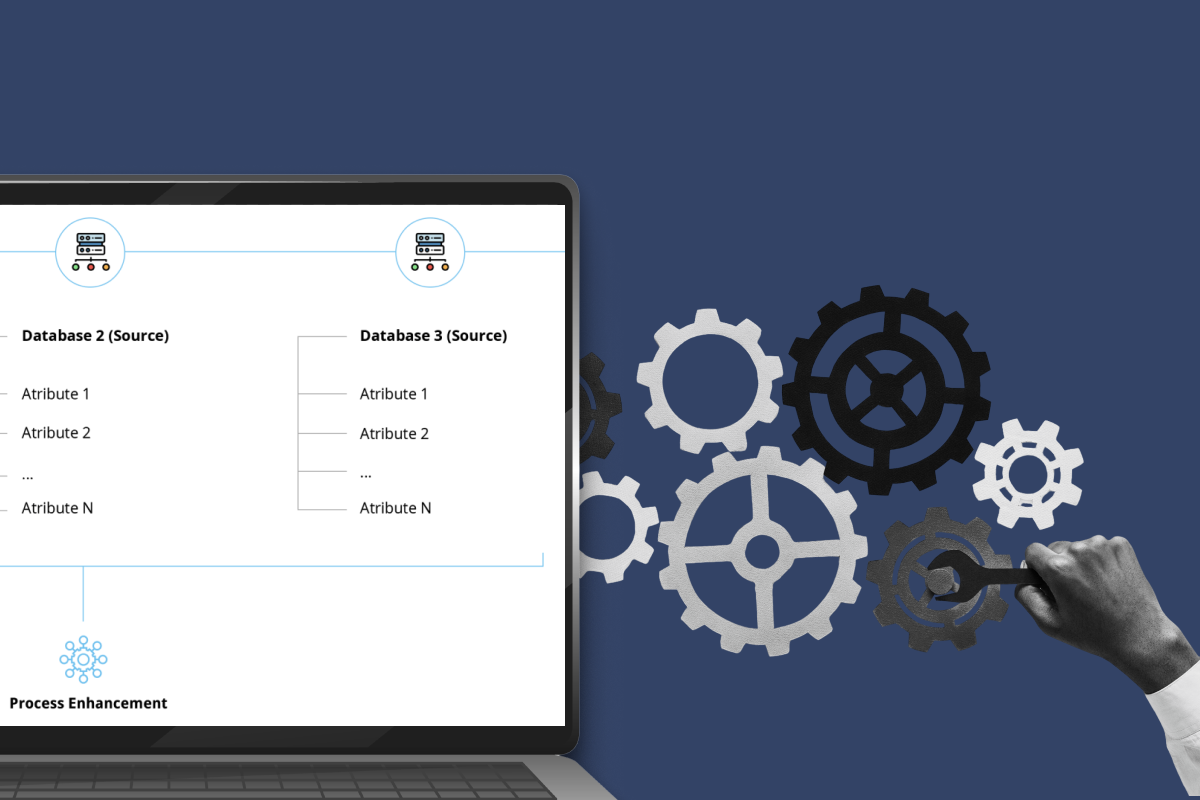All Technologies Used
Motivation
The client suffered from an aging PHP 4 healthcare portal that constantly crashed, blocked the release of new features, frustrated patients with poor usability, and generated a heavy support workload for the internal team. The goal was to rebuild the platform using modern technologies, stabilize core workflows, improve mobile accessibility, and make the system compliant with security and accessibility standards.
Main Challenges
The legacy portal slowed down clinics' daily operations, causing appointment delays and producing user complaints. The outdated architecture made even small fixes costly and risky.
The previous vendor abandoned the project mid-way. The client was unable to maintain the system, and Azati had to reverse-engineer the entire platform to understand data flows, integrations, and dependencies.
Frequent crashes, outdated frameworks, and incompatible third-party integrations made the system unreliable. Migration required preserving critical data while building a new architecture in parallel.
The old system could not handle traffic growth from clinics and mobile users. A complete technology shift to Java and Angular was needed to support higher loads and introduce new functionality.
Our Approach
Want a similar solution?
Just tell us about your project and we'll get back to you with a free consultation.
Schedule a callSolution
Doctor Call Module
- Secure video or chat consultations
- Doctor availability scheduling
- Appointment reminders
- Integration with patient records
Medical Examination Module
- Online scheduling of exams and tests
- Calendar synchronization and reminders
- Rescheduling and cancellation support
- Automatic notifications to patients and staff
Questions & Answers Module
- Secure question submission
- Professional answers from licensed staff
- Tracking of past queries
- Integration with patient profile and history
Online Medical Insurance
- Insurance policy management
- Document upload and verification
- Claim status tracking
- Integration with billing and appointments
Admin Dashboard
- User and role management
- Portal analytics and reporting
- Appointment and workflow tracking
- System alerts and notifications
Accessible Mode for Visually Impaired
- Screen reader compatibility
- High-contrast display and scalable fonts
- Keyboard navigation support
- Simplified interface for easier interaction
Business Value
Improved Patient Access to Healthcare Services: The portal streamlined medical consultations, appointment bookings, and insurance management, making healthcare services more accessible and convenient for patients.
Enhanced Operational Efficiency for Providers: Administrators and medical staff gained a centralized dashboard for managing users, monitoring portal performance, and tracking appointments, reducing manual workloads and improving workflow efficiency.
Inclusive and Modern Healthcare Experience: The portal's mobile-friendly design and accessibility features for visually impaired users ensured a broader, more inclusive user base, increasing patient engagement and satisfaction.











